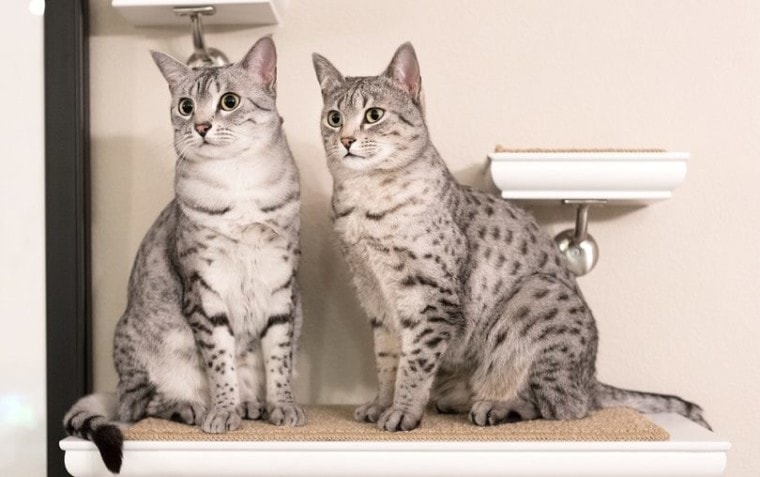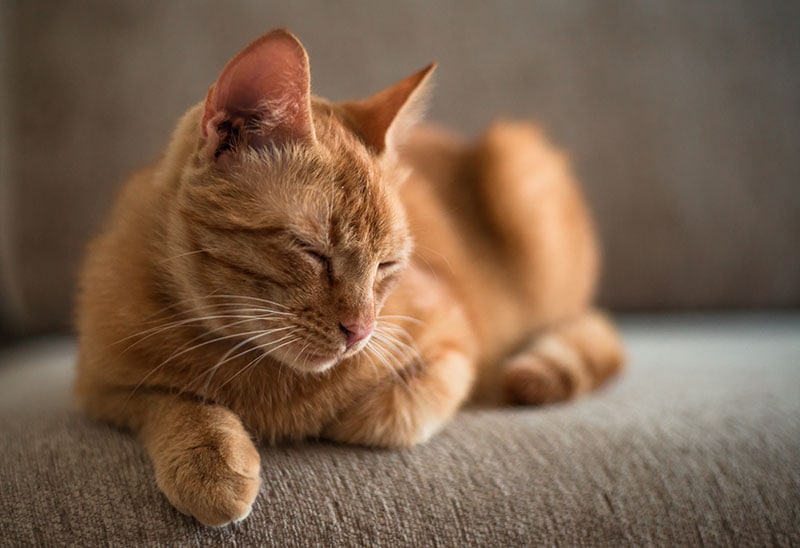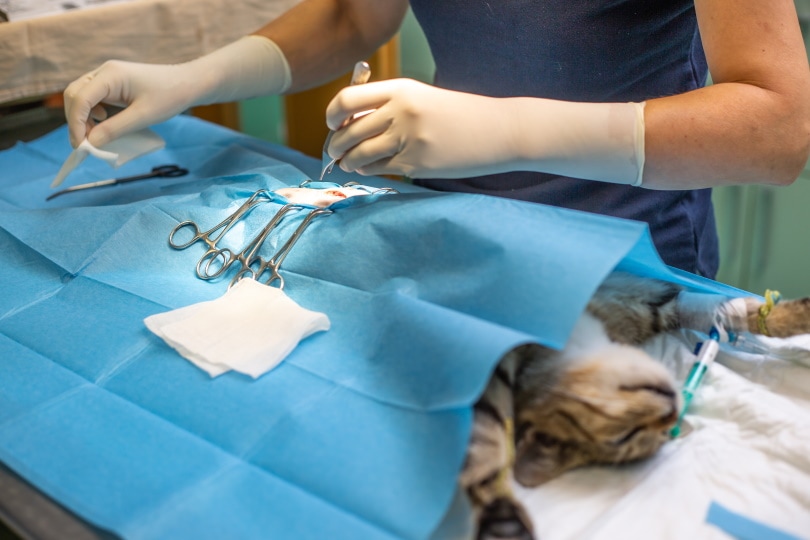
Whether your female cat has had a litter and you are waiting for the kittens to find a new home, or you have taken on two siblings from the same litter, it is common to wonder whether sibling kittens can mate, whether they will, and whether it is even a bad thing for them to mate in the first place. First and foremost, if sibling kittens of different genders are kept together and kept intact, they will mate. Their natural instinct to mate and reproduce outstrips any instinct not to mate with siblings.
And, because siblings carry very similar genes, both sibling cats are likely to carry the same abnormalities. When they reproduce, these abnormalities are likely to present in the young kittens and this may mean that the kittens will not survive. It also means that if the kittens do survive, they will be more likely to develop hereditary conditions, so even if the kittens do survive, they are more likely to develop conditions and get ill, as they age.
While it can seem difficult to prevent, sibling cats should not be allowed to mate. In the wild, kittens will start to venture away from their mothers. This reduces but does not eliminate, the possibility of young cats mating with siblings.
When Do Cats First Go into Heat?
Female cats are polyoestrus, which means that they will go into heat several times a year. When a female is in heat, males around her will try to mate with her. This includes siblings as well as unrelated males.
Typically, cats go into first heat during the first spring after they are born, and this can occur at any time from the age of about 4 months. Most kittens have their first heat at around 6 months of age. As most kittens are rehomed when they reach 2 months of age, this can eliminate the danger of inbreeding.

How To Stop Sibling Cats Mating
If they are kept together, male and female sibling cats will try to mate, and this can lead to genetic defects in any kittens that are successfully born. The natural desire to reproduce is very strong, which means you might be able to prevent a male and female cat from reproducing once or twice when you see them, but they will keep trying. The only truly effective ways to prevent mating are by quarantining or separating the cats or having them desexed.
1. Separate Them
Separating the cats ensures that they can’t mate. In the short term, this means quarantining any males or the female cat so that they cannot come into contact with the other cats.
Female cats can only get pregnant while in heat, but while it is usually obvious when a female is in heat, silent heat can occur and there may be days when the female is in heat, but the owner doesn’t notice. Therefore, temporary quarantining may not be a long-term, effective solution.
Long-term separation typically occurs when the cats from a litter are sent to different new homes. If you have a litter of kittens and want to keep some of the litter, consider keeping only the males or females and finding new homes for the other kittens. This should be done by the time the cats reach 3 months of age, to ensure that you miss the first heat.
2. Spaying and Neutering
Desexing, or spaying and neutering, is considered the best option, except where you want to be able to breed the cats at a later date. There is an overabundance of cats, with many in shelters and rescues, and the number is growing.
Spayed and neutered cats also have a longer lifespan, as they are less likely to develop certain cancers and other fatal diseases. Neutering is the term that refers to the removal of reproductive organs in male or female cats. Male cats are castrated, which is the removal of the testicles. Female cats are spayed: a procedure whereby the ovaries and uterus are removed.
Spaying and neutering cannot be reversed, so if you do want to breed the cats later, this is not an option.

Conclusion
Female cats can have multiple litters of kittens every year, starting potentially from the age of around 4 months. And, just because a male and female cat are siblings does not naturally prevent them from mating. You will need to take definite action to prevent sibling cats from mating because when a female comes into heat, any intact male that senses the female in heat will try to mate with her.
Consider having the cats castrated or spayed, or, if you aren’t keeping the kittens, ensure that they are rehomed to different homes by the time the females have their first heat.
Featured Image Credit: Sarah Fields Photography, Shutterstock







